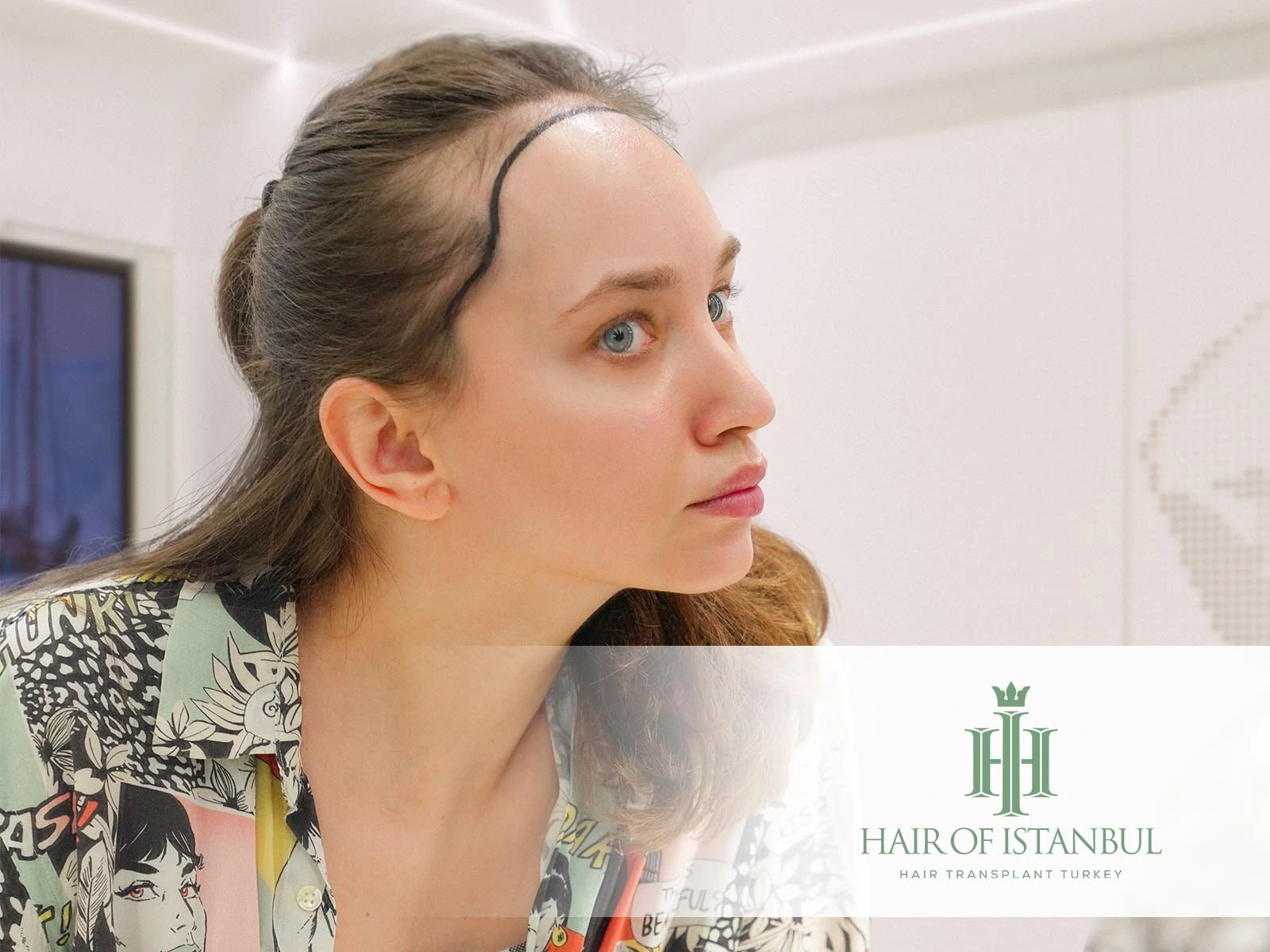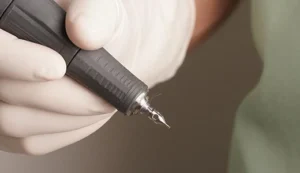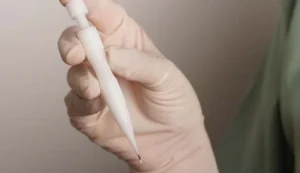
Hair Transplant for Women: Comprehensive 2025 Guide for Natural and Long-Lasting Results
Hair transplant for women has become an essential treatment option for patients experiencing visible thinning, decreased volume, widened part lines, or localized recession. Because female hair loss differs significantly from male-pattern baldness, the diagnostic approach, donor management, and implantation strategy require a more tailored and medically precise methodology. In this comprehensive guide, you will find everything about causes, suitability, extraction and implantation techniques, recovery phases, and long-term expectations for a successful hair transplant for women.
Why Hair Loss in Women Requires a Different Approach
Women often experience hair loss in a diffuse pattern—across the top, crown, or mid-scalp—rather than the receding hairline commonly seen in men. This means that a successful hair transplant for women must begin with detailed diagnostics, including digital trichoscopy, dermatoscopic analysis, donor density mapping, and hormonal/metabolic assessment.
Female-pattern hair loss is typically classified using the Ludwig or Savin scales. These systems evaluate loss severity and help determine whether surgical restoration or medical management should take priority.

Women Hair Loss
Common Causes of Female Hair Loss
- Androgenetic alopecia: The most common cause, driven by follicular miniaturization and genetic predisposition.
- Hormonal changes: Menopause, postpartum changes, PCOS, thyroid imbalance, and chronic estrogen–progesterone fluctuations.
- Systemic influences: Iron deficiency, vitamin D3 deficiency, autoimmune disease, chronic stress.
- Telogen effluvium: Sudden shedding triggered by stress, illness, surgery, or nutritional issues.
- Traction alopecia: Caused by hairstyles that pull on the hairline, such as tight ponytails, braids, and extensions.
Understanding the underlying cause is essential before planning a hair transplant for women. Clinics often combine laboratory tests, imaging tools, and AI-assisted analysis to map long-term hair loss patterns and ensure the treatment is appropriate.
Who Is a Suitable Candidate for Hair Transplant for Women?
Not all types of female hair loss qualify for transplantation. The best candidates share several clinical characteristics that indicate stable donor supply and predictable improvement after surgery.
- Adequate donor density (typically 55–90 FU/cm²)
- Localized thinning instead of global diffuse loss
- Stable hormonal or metabolic condition
- Healthy scalp without active inflammatory conditions
- Realistic expectations based on hair caliber and density
Women with active telogen effluvium or diffuse unpatterned alopecia often require medical therapy first. After stabilization, hair transplant for women may become appropriate.
Planning a Hair Transplant for Women
Planning is a critical stage because female hairline anatomy is considerably different from male patterns. Women usually maintain a rounded contour, minimal recession, and softer framing. Density requirements also differ; women often require 35–45 follicular units per cm² to achieve visibly fuller results.
Essential Elements of Surgical Planning
- Hairline design: Soft curvature, feminine angles, natural transitions.
- Donor management: Conservative harvesting to avoid visible thinning.
- Density mapping: Prioritizing part-line, frontal zone, and mid-scalp.
- Long-term strategy: Planning for potential future progression of thinning.
- AI-supported simulations: Used to demonstrate predicted density and final coverage.
A properly planned hair transplant for women blends seamlessly with existing hair and offers stable, natural improvement for years.
Surgical Techniques Used in Female Hair Transplantation
All modern hair transplant for women procedures use FUE (Follicular Unit Extraction) for harvesting. This enables scar-free extraction and preserves the ability to keep long hair to cover the donor area.
FUE Extraction
FUE is performed using micro-punch tools (0.6–0.9 mm). The surgeon selectively removes follicular units with minimal trauma, ensuring donor safety and natural, undetectable extraction patterns.

FUE Technique
DHI Implantation
DHI (Direct Hair Implantation) is a preferred method for women because it allows graft placement without creating pre-made channels. The Choi pen permits targeted implantation between existing hairs, making it ideal for:
- Part-line enhancement
- Localized thinning
- High-density hairline refinement

DHI Method
Sapphire and Slit Implantation
Sapphire blades and micro-slit tools allow precise channel opening with optimal angulation and direction. These methods are effective for restoring wider areas across the mid-scalp.
Regardless of the implantation technique, FUE extraction remains the foundation of a successful hair transplant for women.
Unshaven Hair Transplant Options for Women
Many women prefer procedures where shaving is not required. Modern techniques now make this possible:
- Unshaven DHI: The most discreet option; implants grafts between existing hairs.
- Partially shaved FUE: A small donor window is created, hidden by long surrounding hair.
- Completely unshaven FUE (U-FUE): Suitable for small or localized cases.
These methods allow patients to return to social and professional environments quickly and discreetly.
Recovery Timeline After Hair Transplant for Women
The recovery process is predictable and typically easier for women due to long hair that can conceal early redness and scabbing.
Days 1–7
- Mild redness and swelling
- Formation of micro-scabs
- First wash performed under clinic instructions
Weeks 2–6: Shedding Phase
Shedding is normal; transplanted follicles enter their resting stage but remain alive beneath the skin.
Months 3–6
Early regrowth appears. New hairs are thin at first and gradually become thicker.
Months 6–12
Significant density improvements emerge, often revealing 70% of the final result.
Months 12–18
Final maturation occurs, delivering full texture, thickness, and natural density.
Longevity and Naturalness of Results
Because grafts originate from the permanent donor zone, results from a hair transplant for women are long-lasting. Natural appearance is achieved through:
- Correct angulation and direction
- Use of single-hair grafts at the frontal edge
- Density planning tailored to female anatomy
- High-quality graft preservation during surgery
Cost of Hair Transplant for Women
Pricing varies based on graft requirement, case complexity, and the clinic’s medical structure. Comprehensive packages often include hotel accommodation, transfers, pre-operative evaluation, anesthesia supervision, and postoperative care. For detailed information, please review the clinic’s pricing page.
Recommended Resources for Further Reading
Conclusion
Hair transplant for women is a medically advanced, minimally invasive, and long-lasting solution for restoring density and redefining natural hairline aesthetics. With proper diagnostics, precise FUE extraction, and advanced implantation methods such as DHI, Sapphire, or Slit, women can achieve highly natural and permanent results. When combined with expert planning and comprehensive aftercare, the procedure provides transformative improvement in both appearance and confidence. For further insights into clinic standards and medical philosophy, visit the about us page.
For general medical information on hair loss, authoritative health guidelines can be found via the NHS hair loss resource.
Yes. If donor density is strong and hormonal factors are stabilized, transplantation is highly effective for enhancing density in targeted zones.
No. Unshaven or partially shaven FUE/DHI options allow discreet procedures with minimal visibility.
Most patients see visible results within 6 months, with full density achieved between 12 and 18 months.
Yes. Grafts harvested from the permanent donor area are genetically resistant to thinning and typically last a lifetime.
With modern local anesthesia and minimally invasive extraction, discomfort is minimal. Most women return to daily routines within days.
 en
en TR
TR  SK
SK  ITA
ITA  FR
FR  DE
DE  ES
ES  BG
BG